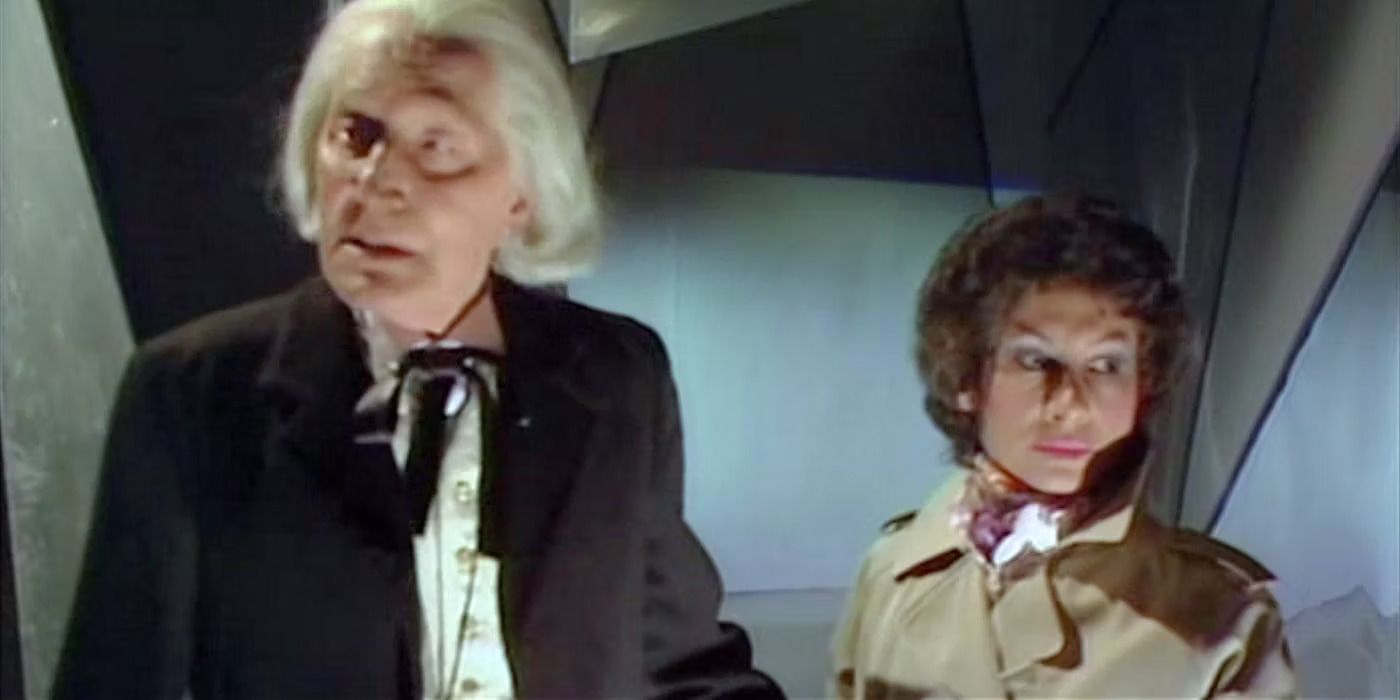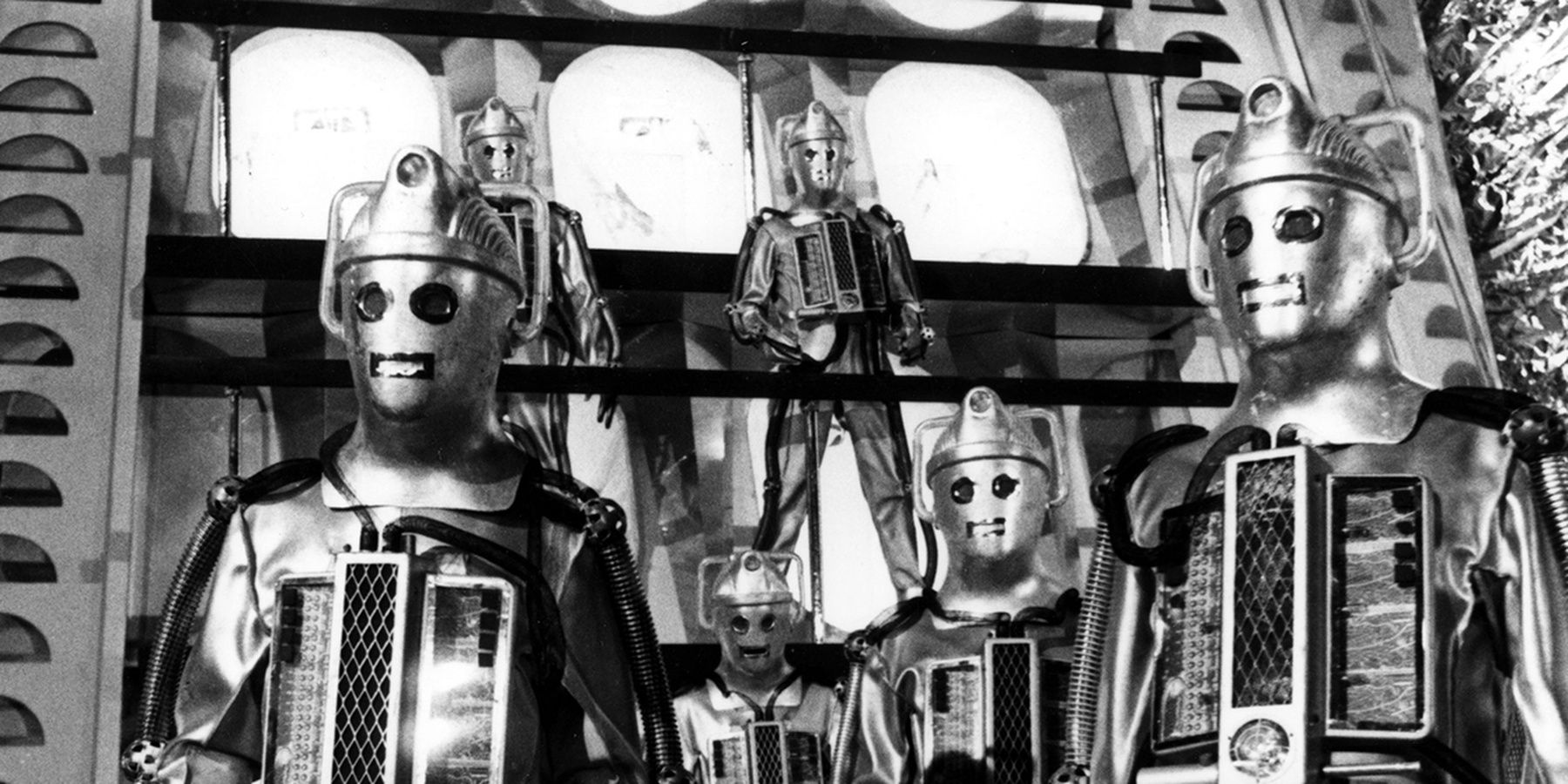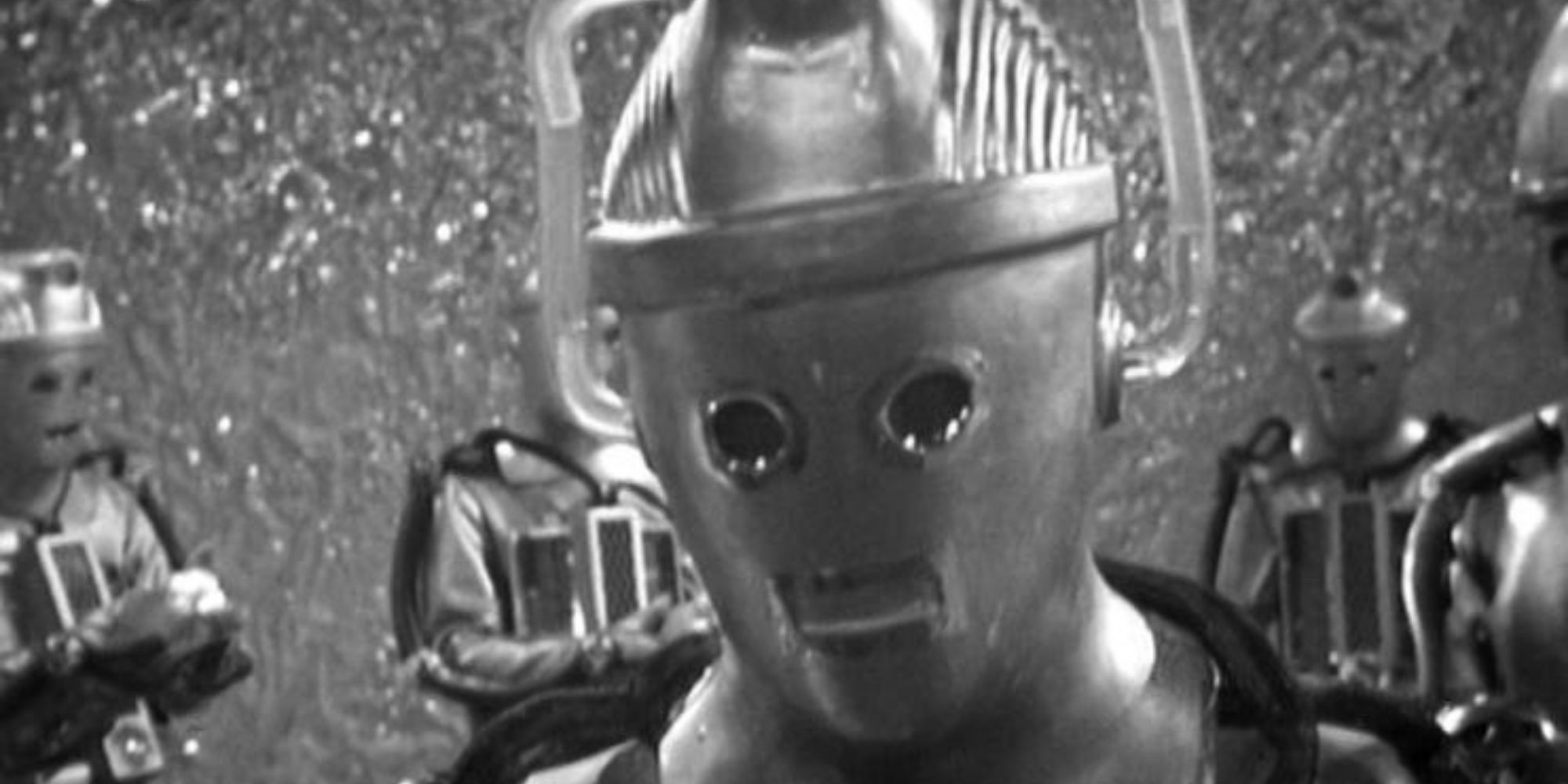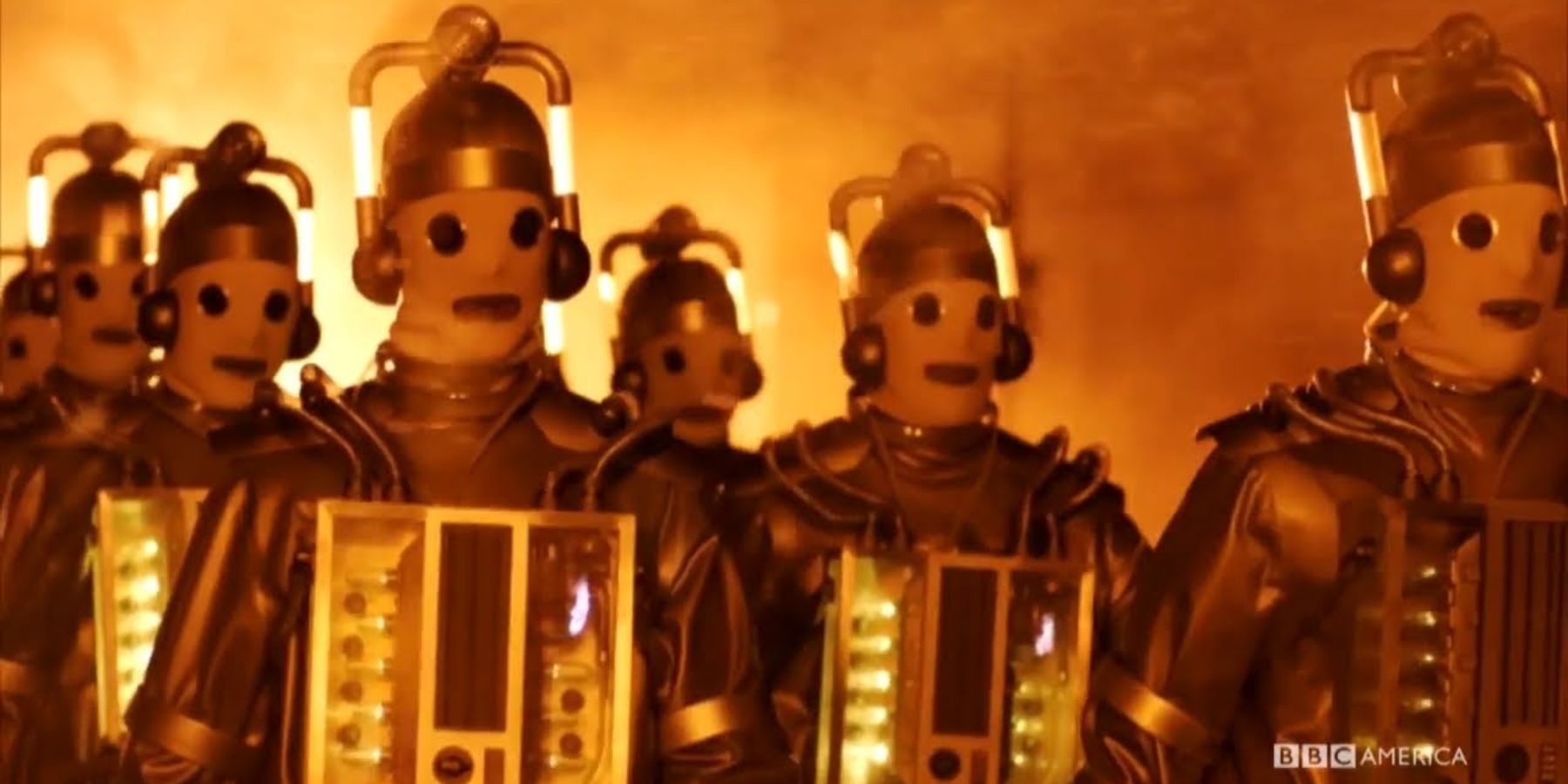Doctor Who is one of the longest-running science fiction stories of all time. The franchise has gone through countless creative leads, played out more story arcs than one would care to count, and built an immense encyclopedia of lore. Some stories change throughout the series, providing multiple answers to simple questions. For example, the question of where the Cybermen came from has now been answered in four different ways.
Typically, the Doctor has three main nemeses. The Master is his mortal enemy, the Daleks destroyed his homeworld, and the Cybermen were the first enemy to force the Doctor to regenerate. Though the Daleks get all the recognition and merchandise, the Cybermen are an equally important part of the franchise's history.
The Real World Origins of the Cybermen
Outside the narrative, the Cybermen were the invention of an unsung hero of the franchise. Kit Pedler was a medical scientist who worked for the University of London and was a deep believer in psychic phenomena. His mixture of hard science knowledge and pseudoscience interests made him the perfect candidate for the unofficial scientific advisor for the Doctor Who production team. Pedler wrote three scripts for Doctor Who serials, two of which were collaborations with the show's story editor Gerry Davis. Pedler and Davis were inspired by the idea of science taking a negative toll on the humans it was meant to improve. His first work on the show was entitled "The Tenth Planet" and it introduced the first version of the Cybermen.
In their 1966 debut, the Cybermen were designed by Alexandra Tynan (credited as Sandra Reid for unknown reasons.) Their suits were made of cotton jersey fabric with vinyl holes for the eyes and mouths. Their metal frames are actually polythene suits, and they're decked out in Wellington boots, plastic piping, and silver paint instead of gloves. Decades later, their look took a more art deco approach, inspired by sci-fi films even older than the source material. Their new look is composed of fiberglass pieces layered on top of a Lycra bodysuit. Their body requires forty distinct pieces, all of which are brushed with aluminum and polished to a distinctive shine. Various logos and extraneous pieces have come and gone over the years, but their most memorable aspect is still the matched handles on either side of their metal helmet.
The In-Universe Origin of the Cybermen
In their first appearance, the Cybermen had a fairly simple explanation. They hail from the eponymous Tenth Planet, a "twin planet" of Earth called Mondas. Mondas somehow tumbled out of orbit thousands of years ago, causing its citizens to be under constant threat of death. Luckily, the Mondassians were far ahead of Earth technologically. This led them to start replacing large portions of their bodies with cybernetics. Even with their advanced machinery, most Mondassians died. The only way they could replenish their numbers would be to forcibly perform the same procedures on other beings. They became conquerors, traveling throughout the universe and adding anyone they can get their hands on to their ranks. That aspect of their culture remained, but their origin morphed over the years.
Just one season later, the Cybermen were given a new home planet. Their new home, Telos, was revealed to hold several tombs that held the cyborgs millennia before their initial discovery. Decades later, they were revealed to be present in an alternate universe. The most recent explanation ties together the previous ones. Cybermen are a case of parallel evolution, in which multiple species manage to develop similar traits independently of each other. The working theory is that any sufficiently advanced species will eventually start augmenting themselves. Some portion of those that turn to cybernetic enhancement will eventually get carried away with the technology and fully replace themselves with machinery. This results in Cybermen popping up across the multiverse. Any planet could produce the Cybermen, any species could become them. Now, instead of one story providing an example of technology going wrong, it's a more open lesson. It's not just a mistake some people made in a desperate situation, now it's a mistake that anyone could make and many eventually will.
Cybermen are the undisputed bronze medal for Doctor Who villains. They've been the central antagonist for some of the most important stories in the franchise's long history, and they've been one of the most straightforward forces in the universe. Ever since their introduction 57 years ago, they've been a solid metaphor for the dangers of technology. The idea of a person gradually replacing every part of their body with machinery until they're no longer distinguishable as a human is fairly common in science fiction, but Doctor Who is one of the first examples. The Cybermen are the natural result of any sapient species who decide to set their organic forms aside in favor of steel and plastic.






